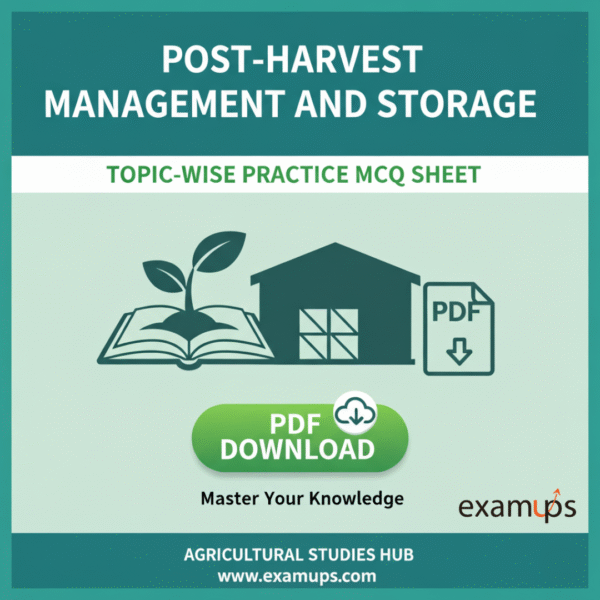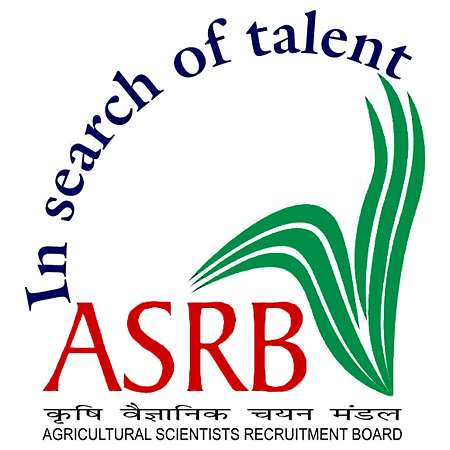Current Agriculture

Punjab farmers’ to go for direct seeding of rice
They are shifting from traditional sowing method because of labour shortage
As the labour shortage is imminent owing to exodus of migrant labourers amid the ongoing lockdown, farmers in Punjab seem all set to go for direct seeding of rice (DSR) this khairf season, moving away from the traditional practice —of sowing nursery and then transplanting it.
DSR ?
“The DSR technique is less time consuming and labour intensive than the conventional practice. The DSR technique called ‘tarwattar DSR’ has been developed and successfully tested on a good scale at farmers’ fields. It helps in saving irrigation water, there’s lesser weed problem, besides there is reduced incidence of nutrient deficiency, especially iron, owing to lesser leaching of nutrients and deeper root development,” said Makhan Singh Bhullar, principal agronomist at the Ludhianabased Punjab Agricultural University.
Mr. Bhullar said that the technology has a wider adaptability as it is suitable for me
dium to heavy textured soils including sandy loam, loam, clay loam and silt loam, which account for 87% area of the State.
Groundwater recharge
“Not only this, the DSR offers avenue for groundwater recharge as well as it prevents the development of hard pan just beneath the plough layer. It matures 710 days earlier than puddle transplanted rice, hence it gives more time for the management of paddy
straw, for the timely sowing of next wheat crop. Results from research trials and farmers’ field survey have also indicated that wheat grain yield, after DSR, is 1.01.2 quintal per acre higher than puddle transplanted rice,” said Mr. Bhullar. “As the DSR involves more precision in timing and greater accuracy in operations compared to conventional transplanted rice. It gives best yield and quality when sowing is done in the month of June,” said Mr. Bhullar.
Different methods of direct seeding
Dry DSR
In Dry-DSR, rice is established using several different methods, including
(i) broadcasting of dry seeds on unpuddled soil after either ZT or CT
(ii) dibbled method in a well-prepared field and
(iii) drilling of seeds in rows after CT, minimum tillage (MT) using a power tiller-operated seeder, ZT or raised beds. In case of both CT or ZT, a seed-cum-fertilizer drill is used, which, after land preparation or in ZT conditions, places the fertilizer and drills the seeds.54
Wet DSR
Wet-DSR involves sowing of pregerminated seeds (radicle 1- 3 mm) on or into puddled soil. When pregerminated seeds are sown on the surface of puddled soil, the seed environment is mostly aerobic and this is known as aerobic Wet-DSR.
When pregerminated seeds are sown/drilled into puddled soil, the seed environment is mostly anaerobic and this is called as anaerobic Wet-DSR. Wet-DSR under aerobic and anaerobic, seeds can either be broadcasted or sown in-line using a drum seeder81 or an anaerobic seeder with a furrow opener and closer.6
Advantages from DSR
Direct-seeding of rice has the potential to provide several benefits to farmers and the environment over conventional practices of puddling and transplanting.
The various benefits are enemurated below:
- Saves labour (1-2 v/s 25-30 for PTR).
- Sowing can be done in stipulated time frame because of easier and faster planting.
- Early crop maturity by 7-10 days which allows timely planting of subsequent crops.
- More efficient water use and higher water stress tolerance.
- More profitability especially under assured irrigation facilities.
- Better soil physical conditions.
- Less methane emission: DDS (dry direct seeding) < WDS (wet direct seeding) < PTR (Transplanted rice).
Soil type
Direct seeding should be doneon medium to heavy textured soils as direct seeded crop in light soils suffers from iron deficiency which causes remarkable reductions in yield.
Sowing time
First fortnight of June is the optimum time for direct seeding of coarse rice in north-west India.
For direct seeded basmati rice, optimum sowing time is second fortnight of June.
As a general rule, seeding time of DSR should be as close as possible to the time of nursery sowing for the PTR.
Seed drill
Among various seed drills used for direct seeding
conventional seed cum fertilizer drill, zero till drill, Inverted T-tyne zero-till seed – cum-fertilizer drill, Vertical plate metering mechanism and inclined plate metering mechanism,
machines with inclined plate metering mechanisms are most suitable for DSR.
Seed rate and treatment
Seed rate @ 20-30 kg /ha is adequate
Treat the rice seed with fungicides like streptocycline 1 g+bavistin 10 g/10 kg seed to reduce seed and soil borne diseases like bacterial leaf blight, sheath blight, brown leaf spot and other diseases.
Varieties
Short and medium duration rice varieties should be preferred. PR 115 variety of coarse rice and Pusa Basmati1121, Punjab Mehak 1, CSR 30, Pusa basmati 1 and Taraori basmati varieties are most suitable for direct seeding of basmati rice.
















